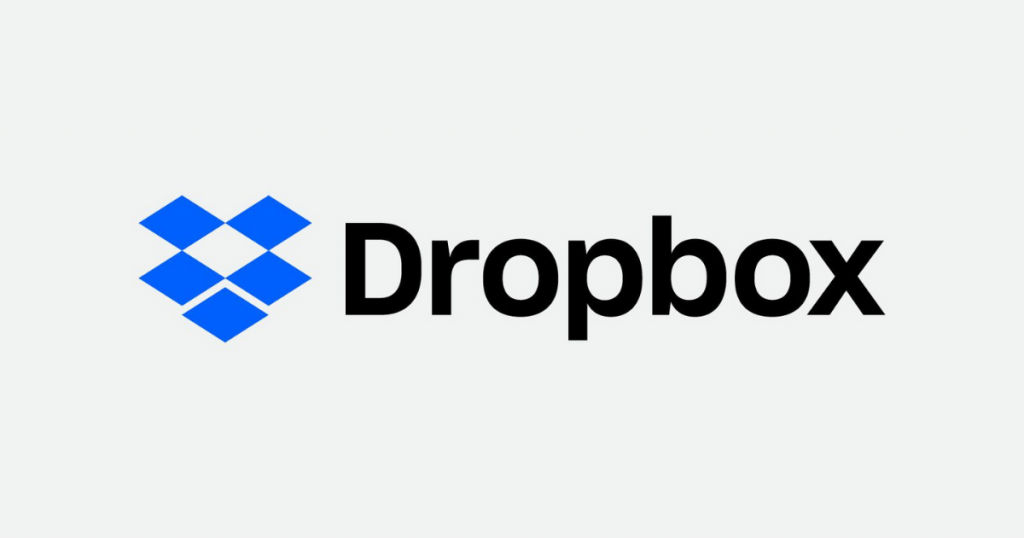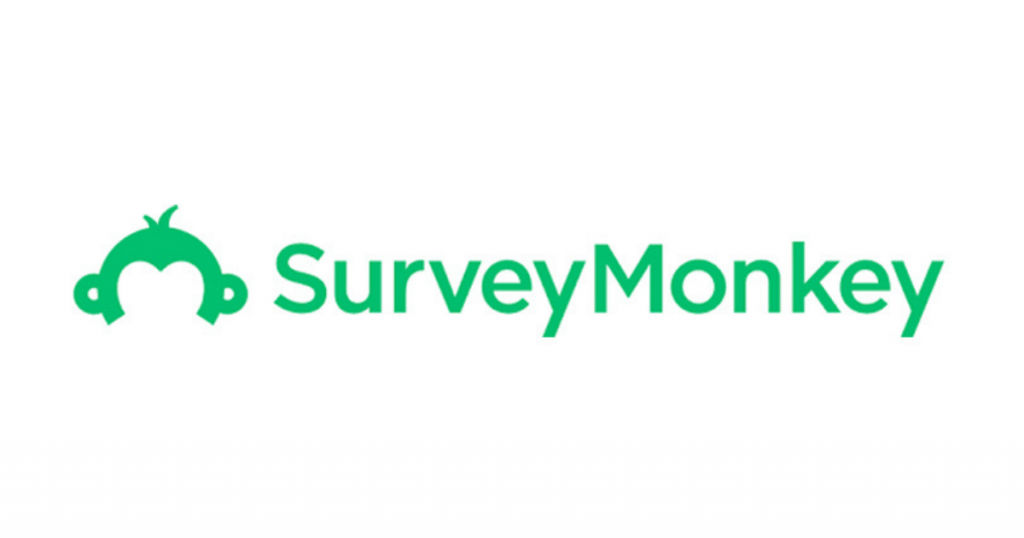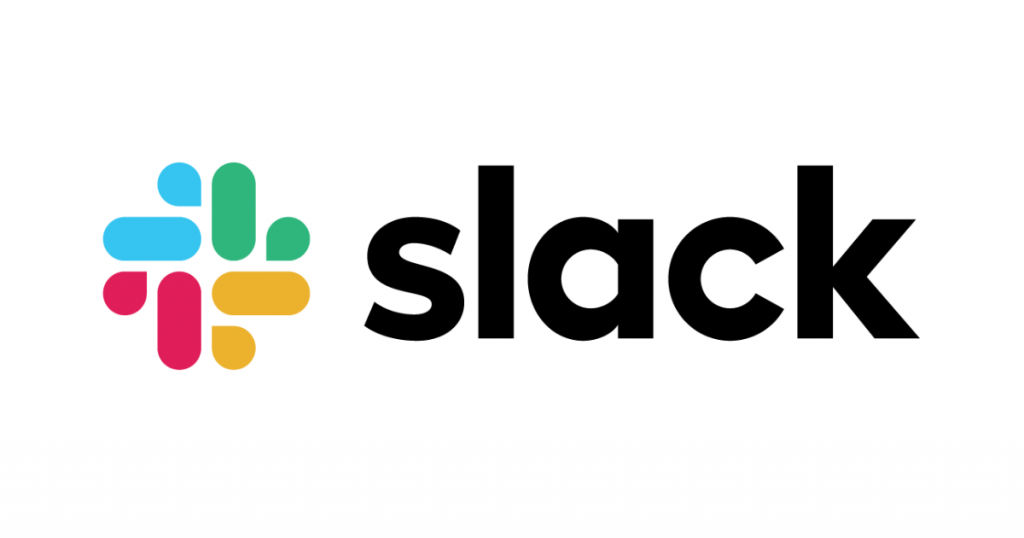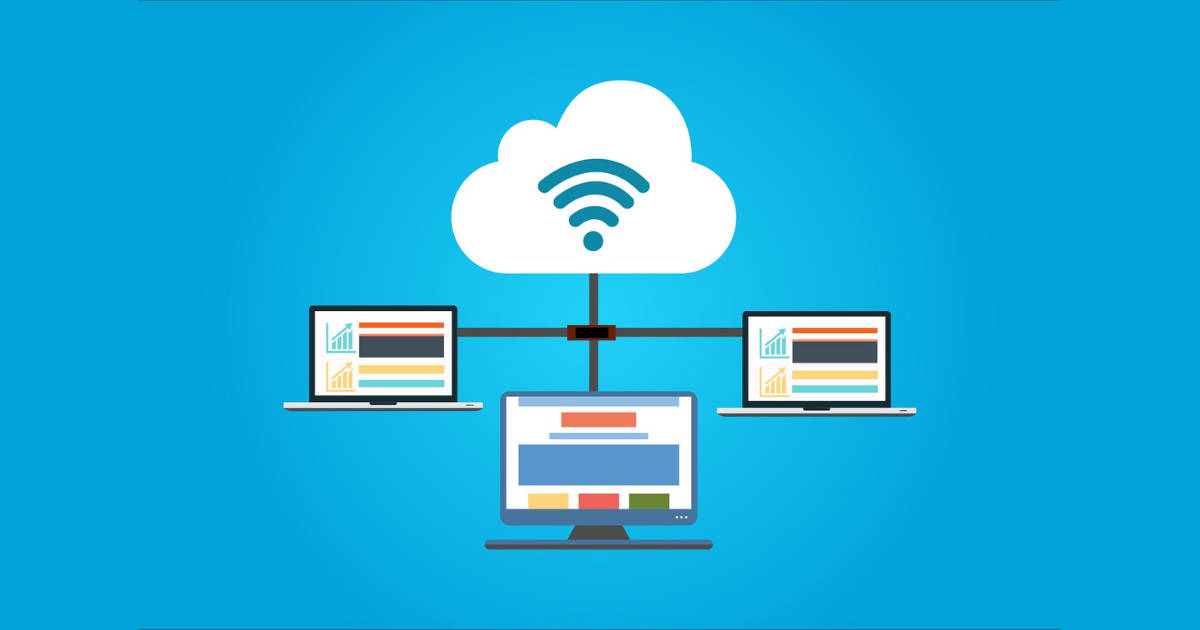
Today the market is hitting saturation in almost every field. Organizations irrespective of their operation scale are working towards customer satisfaction, brand awareness, and ultimately increasing sales. This has put immense pressure on businesses to come up with new strategies for boosting their performance. Many companies are now using product-led growth as their go-to strategy for competing with the ever-growing market.
A study has shown that 81% of the sales depend on the number of user-brand interactions. The product-led strategy has been shown to increase these interactions by offering free access to the product. The fastest-growing companies like Zoom currently utilize this strategy to increase proactive engagement and customer loyalty.
In this article, we will discuss different aspects of product-led growth and how it can be implemented in business.
Table of Contents
What is product-led growth?
Product-led growth or PLG is a business strategy that uses a product or service as the prime component. It aims to increase brand engagement to further aid customer acquisition, conversion, expansion, and retention.
It represents a sustainable and scalable approach to business development. In this strategy, businesses offer freemium or free trials in which the product is made available for free usage to consumers. However, the resources made available here are usually time-limited or with less accessible options. So, if a user wants to extend their accessibility, they can buy premium plans.
Today SaaS is growing rapidly which is expected to reach a revenue of $369.4 billion by 2024. It is becoming increasingly popular in all types of industries. A product-led strategy is ideal for all SaaS companies as it requires minimum overhead and maintenance costs.
What are the benefits of PLG?

There are several advantages of using PLG for business. Following are the key points that advocate in the favor –
a. Reduced risk
In PLG, companies conduct market research including surveys, polls, etc. before designing the product. It helps them understand and fulfill customer needs right at the beginning. It saves both monetary and human resources and reduces the risk of product failure in the market.
b. Better market understanding
The research that PLG relies on provides the brand with a better understanding of the market. It allows the customers to provide real-time feedback for improving the product quality.
It also helps the brand to keep up with the latest market trends and keep a tab on the services provided by leading competitors in the market.
c. One step ahead with psychological selling
PLG aims to understand the thought process of its consumers. When the brand knows the specific features that customer demand, they can advertise exactly that to drive more traffic on the brand’s website. For example, the automobile industry has sold affordability, safety, and reliability as their main feature for years. They design their product around these in-demand benefits to increase sales.
d. Offers all-in-one approach
Product-oriented marketing combines the best of all strategies that save both time and resources. This marketing strategy revolves around the product that focuses on smart advertising for the target audience.
Unlike traditional marketing that aims at generating sales based on a blind approach where they don’t even demonstrate the product, PLG strategy allows the customer to test the product themselves before investing. This makes the product more reliable and increases the chances of its success.
What are the drawbacks of PLG?

In addition to the advantages listed above, there are a few drawbacks associated with product-led growth –
a. Obsolescence
When it comes to marketing, creating a brand image is crucial. Simply listing out the features, cost, and quality of a product is not enough to build the connection. And even if it does, it sometimes might take longer than expected. This is where PLG lags and can lead to market loss.
Hence, it is essential to engage customers in regular communication and inform them about the benefits of associating with your brand.
b. Loss of opportunities
Loss of opportunity comes as a by-product of obsolescence. If the customers don’t understand the brand value, they might fall short and withdraw their subscription. Personal branding takes over PLG in such cases. It promotes persistence when it comes to customer engagement. It represents subjective selling that focuses on generating sales based on personal connections.
c. Limited branding
Specific or focused branding is another limitation associated with the product-led strategy. Let us understand using an example.
Suppose a brand sells handbags using the product-oriented strategy. It focuses on promoting attributes specific to the handbags such as their size, material, durability, and style. Now it will become difficult for that brand to lure customers if they were to launch a range of cosmetics. Subjective marketing takes over PLG marketing in this case. Broadening the brand image offers the room to introduce new products under the same brand name.
How is PLG different from marketing-led or sales-led growth?

Let’s discuss both strategies in terms of their process operation. It will give better insights into the major differences between the two.
Marketing-led or sales-led growth strategy
Marketing or sales-led growth represents traditional marketing strategy. In this strategy, the sales funnel starts with paid advertisements on social media platforms. Potential customers that show interest are further approached by the sales department. These potential customers are now called Market Qualified Leads (MQLs).
Salespeople now connect to MQLs via calls or live chats. They inform the consumer about the benefits. They often go to great lengths for personalizing the buying experience of the customer. If the consumer agrees to pay for the services, they are now passed on to the customer success team that works on customer retention and lowering the churn rate.
Traditional marketing can often be a lengthy and tedious process. During this process, the customer deals with different departments without even having the chance to try the actual product. It can often lead to all-talk and no-action dealings which might annoy certain customers.
PLG strategy
In this strategy, the product trial constitutes the first step in the sales funnel. This is one of the major differences between traditional and PLG marketing strategies. Everyone using the product already starts with being a customer. Instead of convincing consumers through advertisements to first invest in the product, the PLG approach encourages customers to play around with the product.
Customers who try the product or show interest in it are called Product Qualified Leads (PQLs). The chances of sales conversion in PQLs are usually 3-4x higher than the MQLs. The salespeople in this case stay on standby, unlike traditional marketing. They keep a close tab on the user responses and quickly come to action in case of any queries. The customer success team is also not required here as customer success is the primary goal of any product-led company.
The key focus of PLG is to minimize interference and allow the users to make their own decisions. This might seem like a long shot for generating sales, but it’s not. According to a report, 75% of B2B buyers prefer the self-onboarding process for purchasing products. Product-led growth is also known to significantly boost brand value, reliability, and image.
PLG metrics
Product-led growth metrics consist of the parameters to measure the ROI of a product. PGL metrics consists of the following KPIs –
a. TTV
TTV stands for ‘time to value’ and it measures the time taken by the potential customers to invest in the brand.
b. PQLs
PQLs stand for product-qualified leads and it refers to the customers that have already opted for a freemium or free trial version of the product.
c. ARPU
ARPU stands for average revenue per user and it is calculated by dividing the monthly recurring revenue (MRR) by the total number of customers.
d. Expansion revenue
Expansion revenue refers to the revenue generated by existing customers via add-ons, up-sells, and cross-sales.
e. NRC
NRC or net revenue churn represents the net profit generated in a particular period. It is calculated by subtracting new and expansion revenue from the revenue loss in the considered duration.
f. CLV
CLV or customer lifetime value determines loyal customers. It represents the total amount of revenue that can be earned from an individual over the years.
g. Virality
Virality represents a phase where the rate of business conversion increases dramatically as more and more people start sharing the product in the community.
How to implement a product-led growth strategy in business?

To implement the PLG, the first step is to change the mindset of the organization. In this strategy, the decision-makers are no longer the supervisor or salespeople. Consumer acts as the center point here and every action must revolve around their needs and demands.
This strategy requires consistent improvement in product quality to ensure customer satisfaction. Using the product to guide customers into purchasing reduces the acquisition cost and customer churn rate. Following steps can be taken to incorporate PLG in the operation and attitude of the organization –
a. Define the resources required
A product-oriented company should primarily focus on customer success. Customer communication, feedback collection, real-time customer support, and routine follow-up on customer demands are the operations that should be performed as core processes. This will attract more visitors and increase organic traffic on the company’s website.
Next is the selection of the product team. This team should be focused on building the product and constantly increasing the delivered value. In a product-led company, the entire team should be closely aligned to improve the product with diversified effort.
b. Conduct audit
A product-led organization cannot be successful if the product is not good enough to lead the sales. The quality of the product is determined by the quality of operations performed for its manufacture. Quality audits should be performed to achieve this. Audits ensure that everything in the organization is working smoothly and is in compliance with the product value that users seek. It builds a good foundation for taking further steps in improving customer experience.
c. Efficient analytics
In any successful organization, analytics is as important as production. It tracks the company’s progress and provides valuable insights into the product performance. It can be used to sort strategies that are working in favor of the organization from others. Hence, companies can implement similar strategies to reap a maximum return.
Different PLG metrics can be used for product tracking. Some of the most popular ones include CLV, NRC, ARPU, virality, PQLs, etc. It is better to use more than one metric to ensure accuracy.
d. Product optimization
Before launching the product in the market, product trials and optimization should be performed. It is vital to determine specific guidelines and structures of experimentation to achieve the highest product potential. It also helps in determining significant growth opportunities to encourage frequent customer engagements.
Most products experience friction and churn at first. But this phase should be used for fast-track improvement and active analytics. Brands should remember that product optimization is a never-ending process if it needs to keep pace with the market trends. And with the right mindset and data-driven performance, the product will surely succeed in generating sales.
Examples of PLG model
Following are a few examples of product-oriented companies that are currently doing well in the market.
Dropbox

Dropbox is one of the leading examples that utilize the PLG business model. It offers an easy-to-use free storage tool. Users can access Dropbox from the web as well as local storage. One of the major driving forces in Dropbox’s success was that it focused on increasing the number of users instead of monetizing. It launched a referral program that allowed users to recommend the tool and gain benefits or discounts if new users joined it using their referral code.
When Dropbox gained popularity among their user-base a series of advanced features with added competitive advantage was introduced as a part of their paid plan. These features included shareable links, extended access to shared folders, etc. There are different versions of Dropbox available in the market including Dropbox business and Dropbox professional.
SurveyMonkey

SurveyMonkey is a product-led company that is used to design web-based surveys. It employs the virality metric system which is ideal for survey or user feedback software. It operates using the snowball effect of the PLG model for customer acquisition where customers are indirectly exposed to the brand.
For example, you take a survey for a different product and that survey is designed using SurveyMonkey. You see “Powered by SurveyMonkey” displayed on a third-party web page and by default you have become its user. SurveyMonkey in this case did not require any marketing strategy for acquiring. This is one of the major advantages of implementing PLG.
Slack

Slack offers communication and workflow solutions for businesses. It has emerged as a popular chat tool for streamlining team communications. It can be used to create channels that allow sharing of files including PDFs, images, and videos within the group. One-on-one conversation can also be initiated using this tool. It utilizes the network effect of the PLG model for customer acquisition. It helps in the viral growth of the product by taking advantage of social networking. It can be explained using an example.
Suppose Slack acquires a customer named Martin who works in an IT company. He further convinces his colleagues to join the network for a project. Now with each new connection, the community of Slack users will increase without costing any additional penny to the brand. Hence, the network effect of the PLG strategy cuts down the advertising budget significantly when compared to traditional marketing strategies.
Conclusion
PLG is the future of sales and marketing. It offers a smooth onboarding process with user-friendly features. It increases product reliability and boosts trust in the brand value which in turn drives customer retention and expansion. PLG is an ideal strategy with low acquisition cost, high virality, and global reach. SaaSworthy is a one-stop solution for all your PLG needs. We have you covered with the best software recommendations for product management, product analytics, and more.
So if you wish to incorporate PLG in your business model, we can get you in touch with the experts in the field. To know more, kindly visit us at SaaSworthy.com.
Also read:






